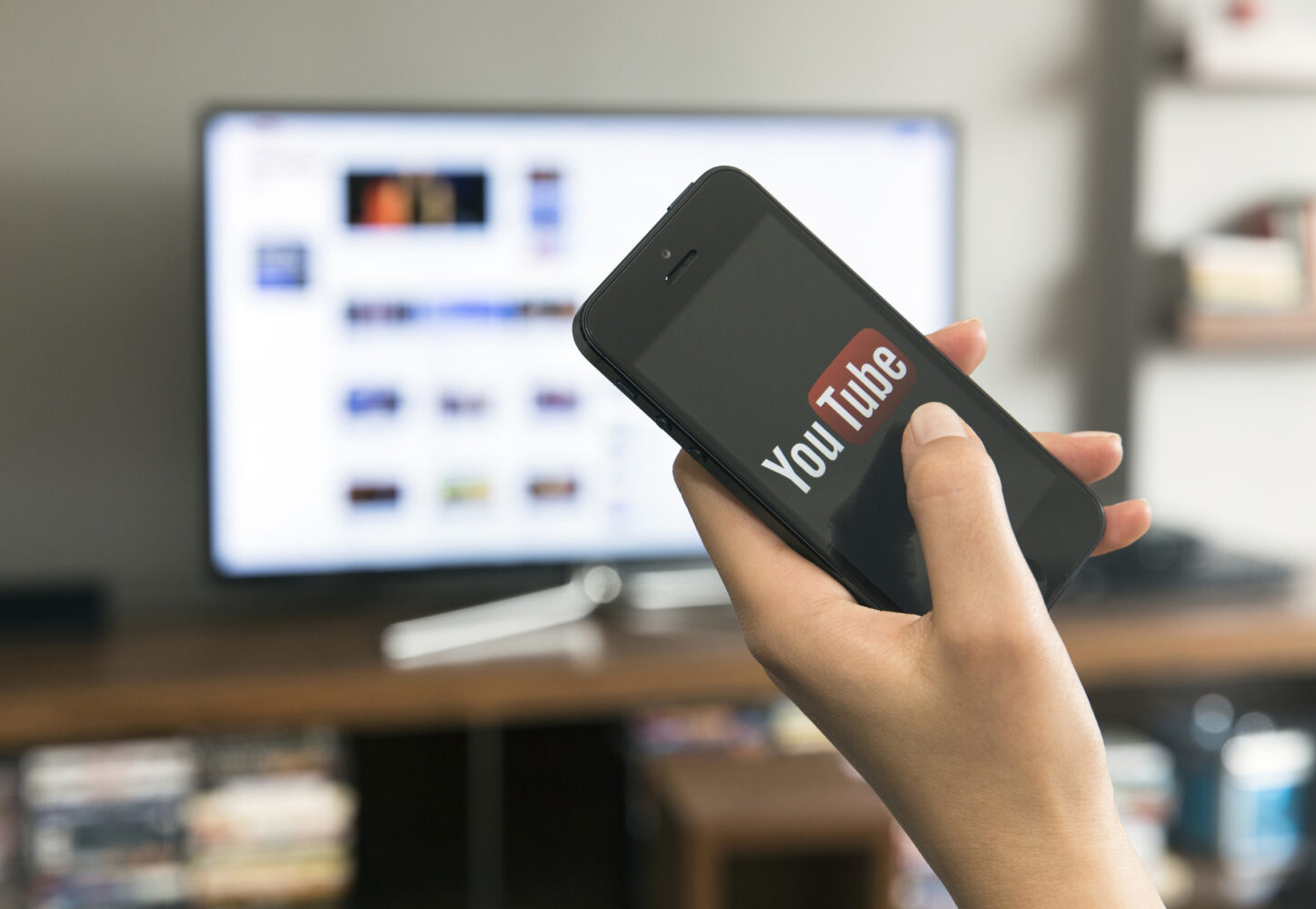AI is here and is showing no signs of slowing down. Amidst an ongoing technological revolution, artificial intelligence is paving the way for advertisers to streamline their business and connect with their consumers. It’s also helping them create and distribute YouTube video content quickly and with less human interference or involvement.
But how exactly is AI in YouTube Advertising making an impact, and what changes are we witnessing that will transform how advertisers manage their campaigns more effectively? We’ll examine recent and ongoing AI developments that are taking advertising strategies to a whole new level.
AI’s Influence on Advertising Expenditures
Before diving into new AI developments changing how marketers approach their campaigns, let’s examine the estimated investment in AI technology. AI-enabled advertising spending was projected to reach $370 billion in 2022. Forecasters expect that number to reach a staggering $1.3 trillion by 2032.
These numbers reflect an ongoing trend where artificial intelligence impacts advertising budgets and marketing expenses.
How Is AI Used in Online Advertising?
AI facilitates online advertising by providing advertisers with technology-driven solutions to enhance their digital marketing efforts and deliver better campaign results. Let’s examine this in further detail with four AI-related features.
Video View Campaigns
The purpose of Google’s Video View campaigns is to help marketers maximize video views and engagement opportunities, making it easier for them to connect with target audiences. Video View campaigns allow your business to present ads seamlessly in different formats, including in-stream, short, and in-feed ads.
Best of all, your company can leverage all its features within a single campaign. With this AI-powered solution, you can build brand recognition for your business, reach the right audience through optimized content, and convert them into long-term customers.
Demand Generation Campaigns
Like Video View Campaigns, Demand Gen campaigns can integrate your best-performing content across multiple touchpoints, including:
- YouTube Shorts
- In-feed videos
- Discover
The purpose of Demand Gen campaigns is to accelerate consumer engagement, send quality traffic to your site, and make it easier to track conversion rates. You can also import any video assets into Google Ads and assess their appearance before launching them.
On top of that, this AI feature allows you to create something known as a “lookalike” segment.
With this feature, you can improve your targeting efforts while ensuring your ads remain relevant for your target audience. What’s the result? You’ll see more efficient campaigns that make it easier to attain your marketing objectives.
Performance Max
Google designed its Performance Max feature to help you dive into your conversion objectives by helping you find audiences that are most likely to convert for your business. You can leverage audience insights to optimize your campaign and engage with audiences across multiple Google channels, so you’re not limited to just one.
You can use the Performance Max machine learning models to make meaningful predictions about which video ads are most likely to drive conversions for your campaign.
Trending Music on YouTube Shorts
These days, targeting the younger generation is getting more complex, forcing advertisers to develop innovative solutions to connect with them and earn their trust. The Trending Music on Shorts AI solution intends to connect advertisers with Gen Z audiences that identify strongly with trending music.
It does this by placing your ads within music-themed short videos that resonate well with the Gen Z audience. From an advertising standpoint, you can increase brand awareness and reach an audience that consumes video content regularly.
AI-Generated Content
We’re also witnessing the rise of AI in content creation efforts. For example, ChatGPT makes it easier to deliver AI-generated content that resembles human-style creation. Regarding YouTube advertising, AI-generated video content is taking center stage.
So how does this pertain to AI-generated YouTube ads? AI technology simplifies how advertisers deliver ad creatives—the design and content of an advertisement. Specifically, AI can help with:
- Video scripts: Content creators can leverage ChatGPT to deliver informative YouTube scripts. Another prominent example is Writesonic. While not exactly a YouTube tool, Writesonic can generate quality content by matching it with the tone of voice you want. Best of all, since you’re in the driver’s seat, you can edit the script it generates to make it sound more logical and personal.
- AI-generated voices: AI tools make it easy for advertisers to modify content voices with different languages, accents, and tones. Some AI-generated voice tools include Synthesys and Voice Over by Speechify—both provide access to an extensive library of voices you can use for your content. Plus, you control the pitch and emphasize the words you want listeners to listen to.
- Video types: People consume content in multiple formats, and AI-powered tools can help you create, modify, and deliver video content in different configurations. For example, Google AI solutions allow you to create vertical-style ads from horizontal videos.
Improve Your YouTube Strategies with Channel Factory
AI in YouTube advertising will continue to evolve. Your company must be ready to keep up with technological developments to modify its advertising strategies and compete in the digital landscape. Channel Factory can lend a hand if you need to augment your YouTube marketing efforts.
Our contextual targeting solutions ensure you’ll place your ads alongside relevant content, facilitating audience reach.
Contact us to see how we can amplify your advertising campaign.








![Reducing Media Waste: How to Optimize Advertising Campaigns [3 Ways]](https://channelfactory.com/wp-content/uploads/2024/01/iStock-1453639800-scaled-1.jpg)
